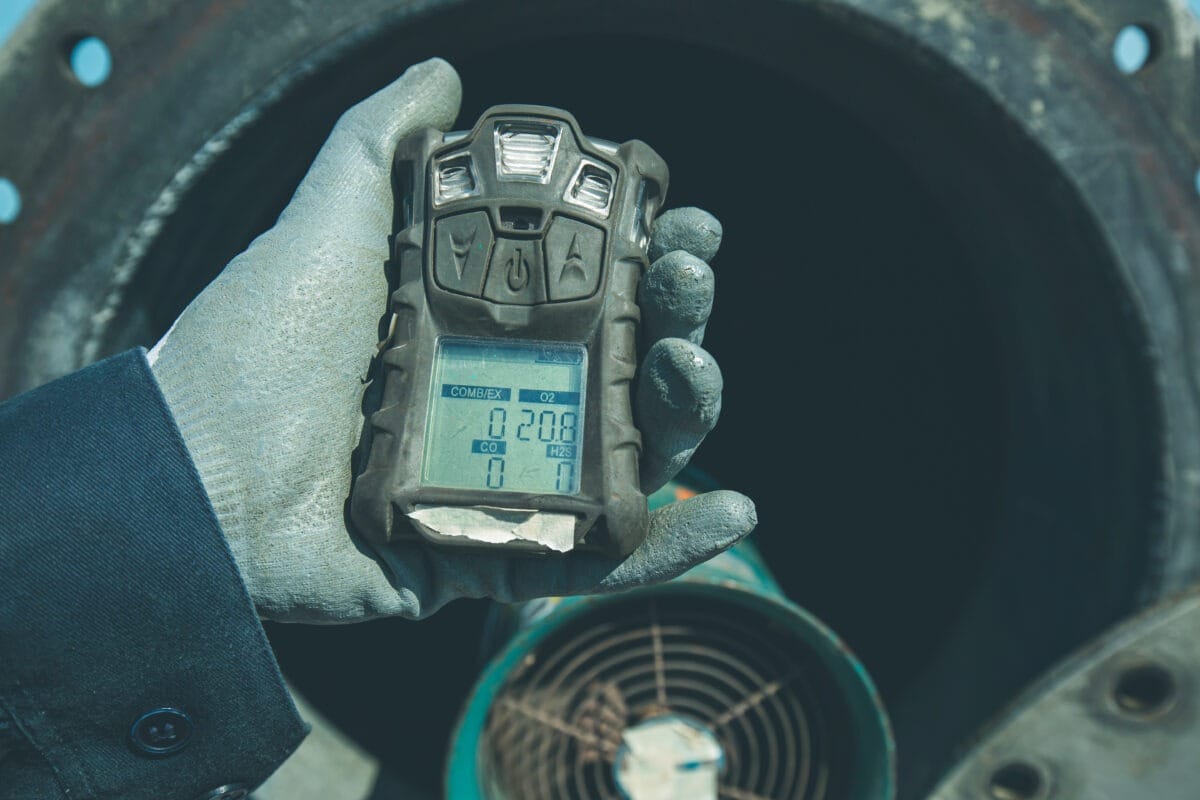Introduction
In the realm of occupational health and safety, air quality within workplaces is a crucial aspect that demands vigilant attention. With the evolving industrial landscape in Australia, it is imperative that businesses adopt rigorous air monitoring strategies to ensure the well-being of their employees. This article delves into the significance of air monitoring and the best practices for safeguarding employees from exposure to airborne contaminants.
The Importance of Air Monitoring in the Workplace
Air monitoring plays a pivotal role in identifying and quantifying airborne hazards in the workplace. In industries such as manufacturing, mining, and construction, employees are often exposed to a variety of harmful substances like dust, fumes, gases, and vapours. Without proper monitoring, these contaminants can pose serious health risks, leading to respiratory problems, chronic illnesses, or even fatal consequences.
Regulatory Compliance
In Australia, workplace health and safety regulations mandate that employers ensure a safe work environment. This includes adhering to the standards set by the Safe Work Australia and the National Occupational Health and Safety Commission. Regular air monitoring not only ensures compliance with these regulations but also demonstrates a commitment to employee safety.
Identifying and Assessing Airborne Hazards
Effective air monitoring involves identifying the types of contaminants present in the workplace and assessing their concentration levels. This is typically achieved through various methods, including direct-reading instruments, sampling pumps, and laboratory analysis. Understanding the nature and extent of exposure is essential in devising appropriate control measures.
Best Practices in Air Monitoring
Implementing a Comprehensive Air Monitoring Program
A systematic air monitoring program is vital for effectively managing air quality in the workplace. This includes:
- Conducting initial and periodic assessments to identify potential airborne hazards.
- Utilising appropriate sampling methods and equipment tailored to the specific contaminants.
- Analyzing samples in accredited laboratories to obtain accurate results.
- Documenting and reviewing data to track trends and assess the effectiveness of control measures.
Employee Training and Awareness
Educating employees about the risks associated with airborne contaminants and the importance of air monitoring is critical. Training should cover:
- The types of contaminants they might be exposed to.
- The potential health impacts of these exposures.
- The use and importance of personal protective equipment (PPE).
- Procedures to follow in case of exposure incidents.
Advanced Techniques in Air Monitoring
Real-time Monitoring Technology
Advancements in technology have paved the way for real-time monitoring systems that provide immediate feedback on air quality. These systems enable quicker responses to hazardous situations, enhancing employee safety.
Predictive Analytics
Leveraging data analytics can predict potential air quality issues before they arise. By analysing trends and patterns from historical data, employers can implement proactive measures to prevent exposure incidents.
Conclusion
In conclusion, effective air monitoring is an integral component of workplace safety. It not only ensures compliance with regulatory standards but also plays a vital role in protecting employees from the dangers of airborne contaminants. Through comprehensive planning, advanced techniques, and employee education, businesses can create a safer and healthier work environment.
If you would like to know more or would like our assistance in the areas mentioned check us out at www.intrinsicsafety.com.au. Alternately, call us on 1300 990 336 or email us at [email protected]



